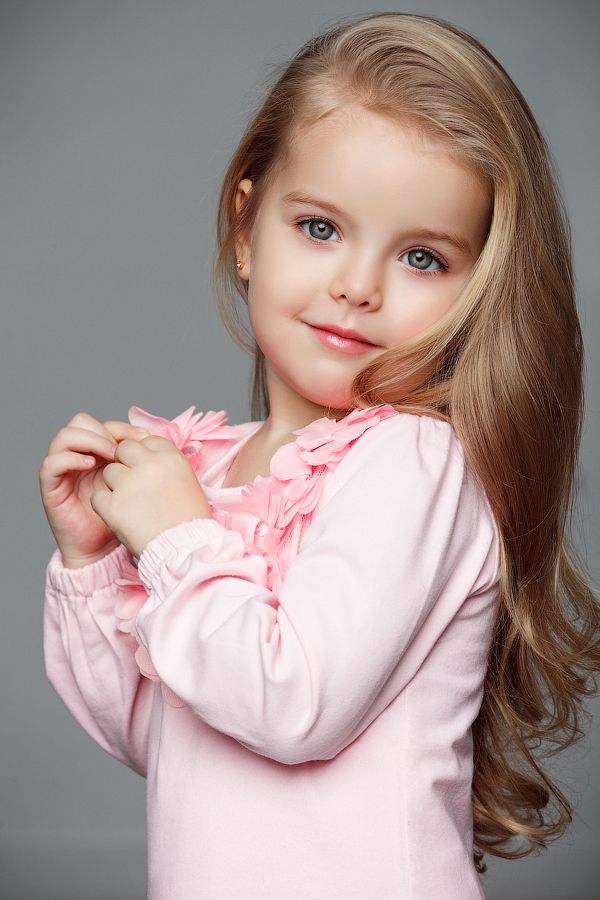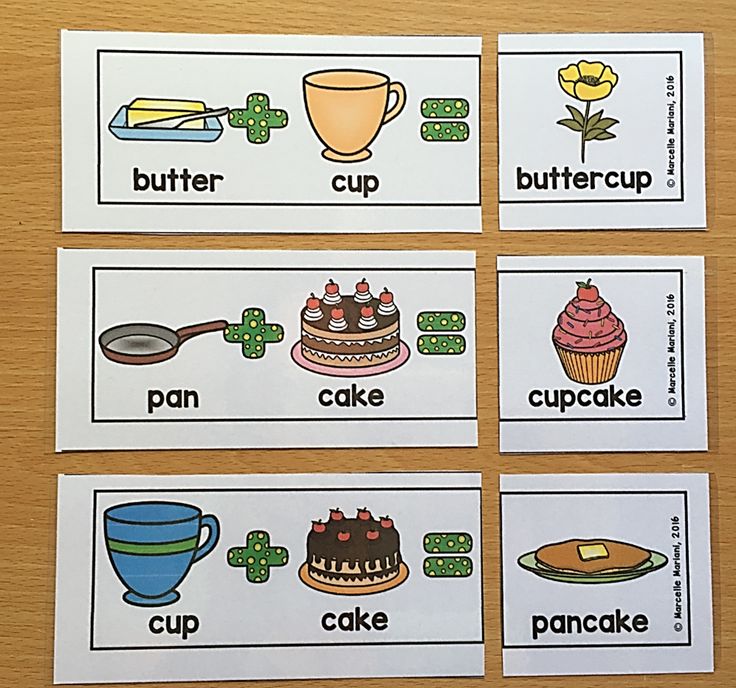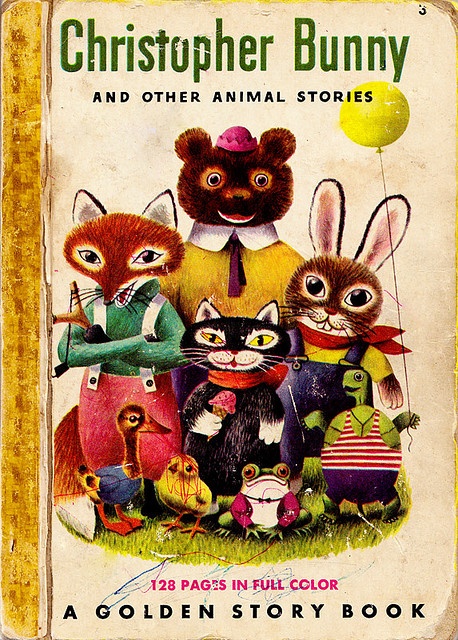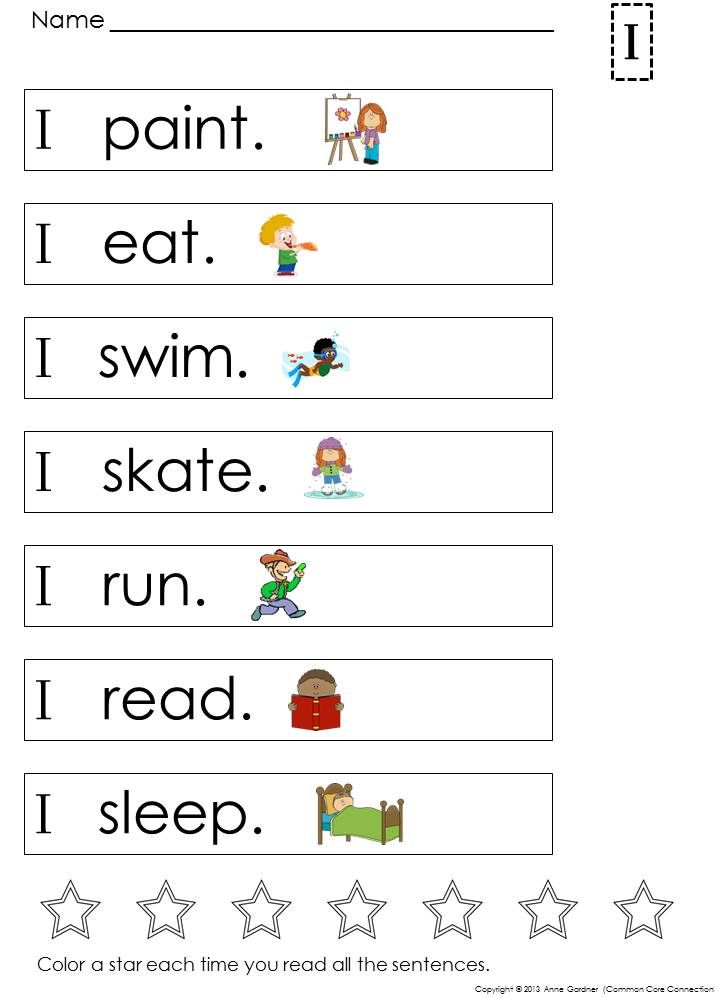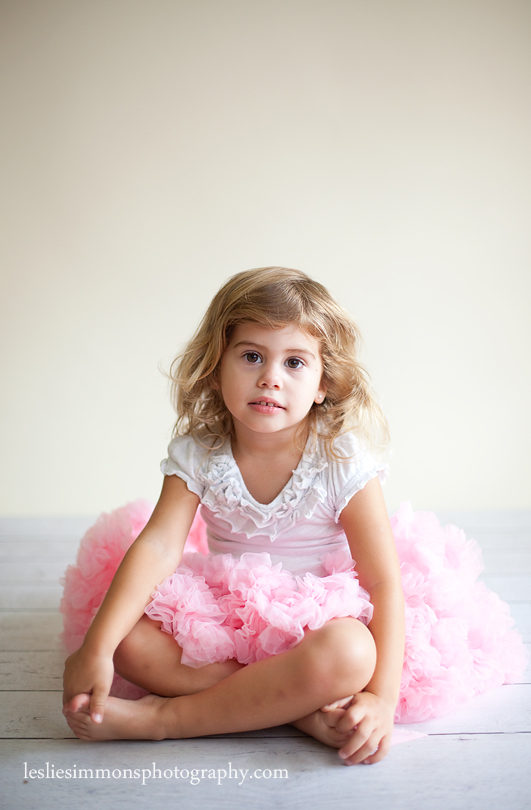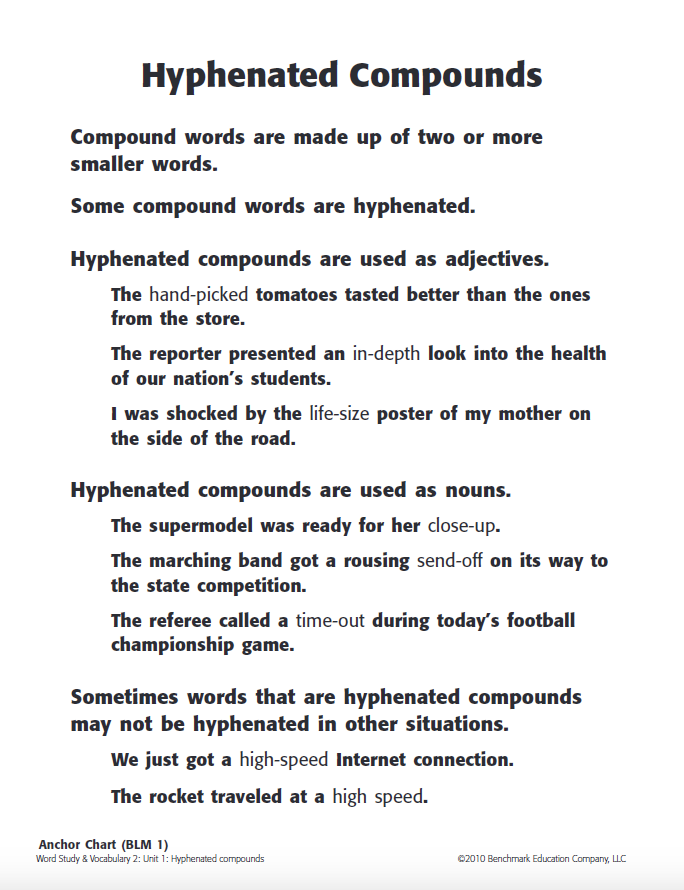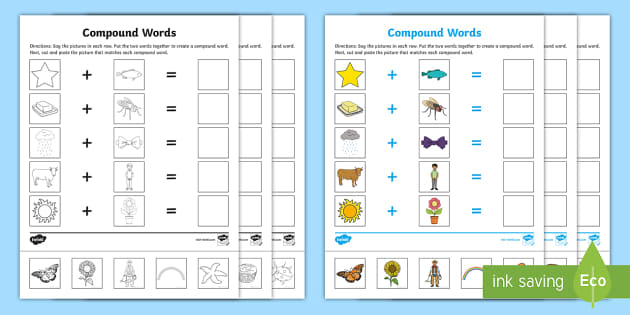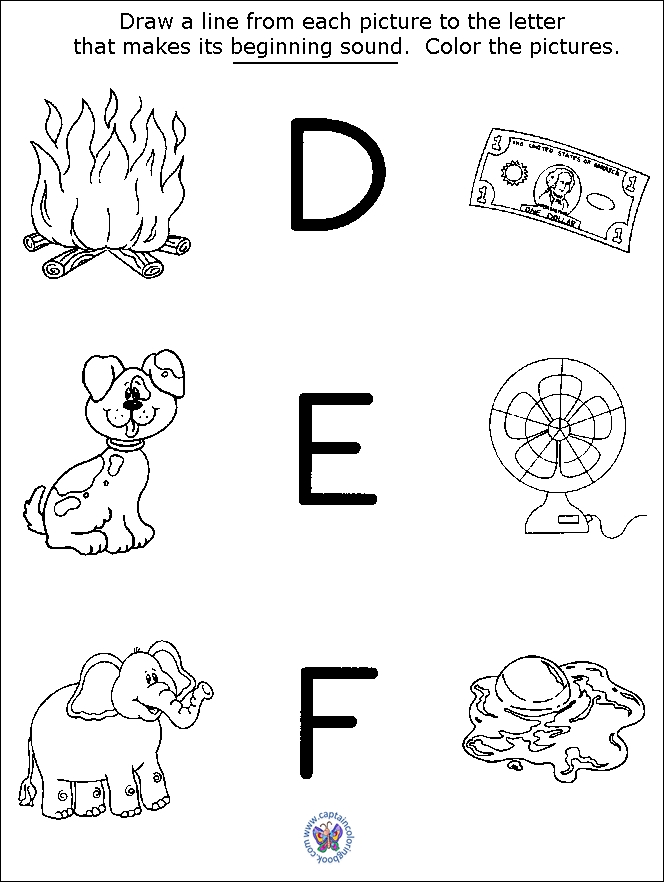Kids 3 year
Development Milestones for Your 3-Year-Old Child
To help understand your 3-year-old‘s development, doctors use certain milestones to tell if your child is developing as expected. There is a wide range of what is considered normal, so some children gain skills earlier or later than others. Toddlers who were born prematurely may reach milestones later. Always talk with your doctor about your child’s progress.
Children at this age love to play games of make-believe. However, their imaginations can sometimes run away with them and even spook them. Listen to your child’s fears and be there to comfort and reassure him or her when needed. There are many other 3-year-old developmental areas and milestones that will be reviewed in this article.
How Much Will My 3-Year-Old Child Grow?
In 3-year-olds, growth is still slow compared to the first year. Most children have become slimmer and lost the rounded tummy of a toddler. While all children may grow at a different rate, the following indicate the average for 3-year-old boys and girls:
- Weight: average gain of about 4 to 6 pounds per year
- Height: average growth of about 2 to 3 inches per year
After age 2, children of the same age can noticeably vary in height and weight. Although kids come in all shapes and sizes, a healthy toddler should continue to grow at a regular pace. The doctor will measure and weigh your child at routine checkups and plot the results on a growth chart. This lets the doctor track your child’s growth over time and spot any trends that need attention. As long as your child is maintaining his or her own rate of growth, there should be no reason to worry. A consultation with your child’s pediatrician is recommended if there is cause for concern.
Helping Kids Grow
Normal growth — supported by good nutrition, plenty of sleep and regular exercise — is one of the best overall indicators of a child’s good health.
Your toddler’s appetite may vary greatly now, which is common. It is also common for some toddlers to get stuck on one food. Food “jags” usually don’t last long if you don’t give in to them. Keep serving a variety of nutritious foods and let your child decide which and how much of them to eat, in order to build healthy eating habits.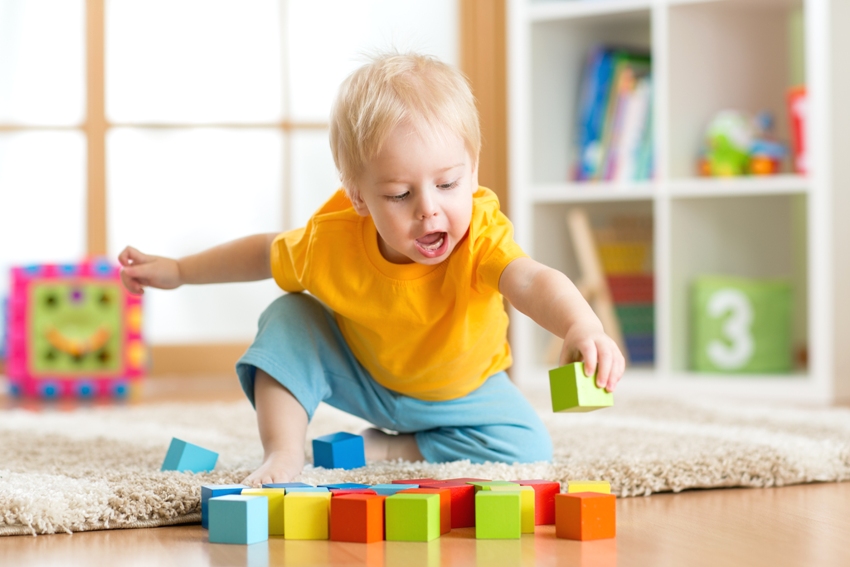
Your child’s growth pattern is largely determined by genetics. Pushing children to eat extra food or more than the recommended amounts of vitamins, minerals or other nutrients will not increase their weight. Malnutrition, severe enough to affect growth rate, is uncommon today in the United States and other developed countries unless a child also has a related chronic illness or disorder.
What Can My 3-Year-Old Child Do at This Age?
As your child continues to grow, you will notice new and exciting abilities that develop. While children may progress at different rates, the following are some of the common milestones your child may reach in this age group:
- Runs and jumps easily
- Walks upstairs unassisted
- Rides a tricycle
- Washes and dries hands
- Stacks 10 blocks
- Easily draws straight lines and copies a circle
- Can stand on tip-toes
- Uses spoon well and feeds self
- Dresses and undresses self except for buttons and laces
- Can concentrate on tasks for eight or nine minutes
- Has all 20 primary (“baby”) teeth
- Vision is nearing 20/20
- Bladder and bowel control are usually established; uses potty chair or toilet
- May sleep 11 to 13 hours total, may still take a short afternoon nap
What Can My 3-Year-Old Child Say?
Speech development is very exciting as you watch your child begin to speak clearly and interact with others. While every child develops speech at his or her own rate, the following are some of the common milestones in this age group:
While every child develops speech at his or her own rate, the following are some of the common milestones in this age group:
- Should be able to say about 500 to 900 words between ages 3 to 4 years old
- Speech can be understood by others
- Speaks in two or three word sentences and progresses to four- to five-word sentences
- Can remember simple rhymes or lyrics
- Uses “please” and “thank you”
- Refers to self by using own name
- Names colors
What Does My 3-Year-Old Child Understand?
While children may progress at different rates, the following are some of the common milestones your child may reach in this age group:
- Understands size differences (such as, big and little)
- Understands past tense (yesterday)
- Understands long sentences
- Understands prepositions (on, under, behind)
- Uses pronouns correctly (such as, I, you, he and me)
- Asks “why” constantly
- Counts up to four objects by 4 years old
- Says full name and age
- May have fears of certain things (for example, dark, monster under bed and going down the drain)
- Attempts to solve problems
- Remembers certain events
- Can point to the correct picture when asked a simple question about it
How Does My 3-Year-Old Child Interact With Others?
While every child is unique and will develop different personalities, the following are some of the common behavioral traits that may be present in your child:
- Begins to share and likes to play with other children
- Can take turns
- Temper tantrums are less frequent
- Begins to show feelings in socially acceptable ways
Physical Activities for 3-Year-Olds
At this age, your child is extremely active, mobile and learning in very physical ways.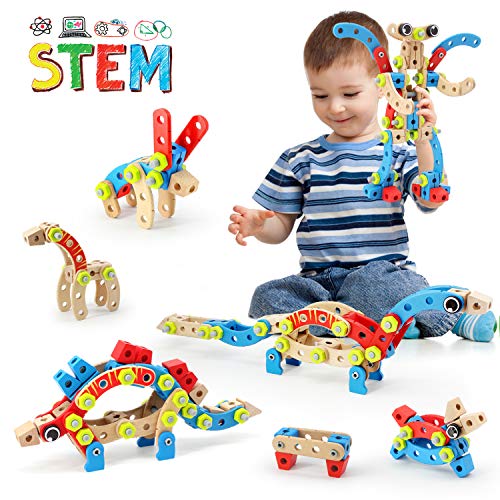 Children at this age are walking, running, kicking and throwing. They are exploring their world and picking up new skills, like kicking a ball or riding a tricycle.
Children at this age are walking, running, kicking and throwing. They are exploring their world and picking up new skills, like kicking a ball or riding a tricycle.
3-year-olds are naturally active, so be sure to provide ample chances for your child to practice and build on these skills. How much is enough? Physical activity guidelines for toddlers recommend that each day they:
- Get at least 30 minutes of structured (adult-led) physical activity.
- Get at least 60 minutes of unstructured (active free play) physical activity.
- Not be inactive for more than 1 hour at a time except when sleeping.
Family Fitness Tips
Walking, playing, exploring your backyard or using playground equipment at a local park can be fun for the entire family. Also, these games provide fun and fitness for parents and toddlers:
- Walk like a penguin, hop like a frog or imitate other animals’ movements.
- Sit facing each other and hold hands.
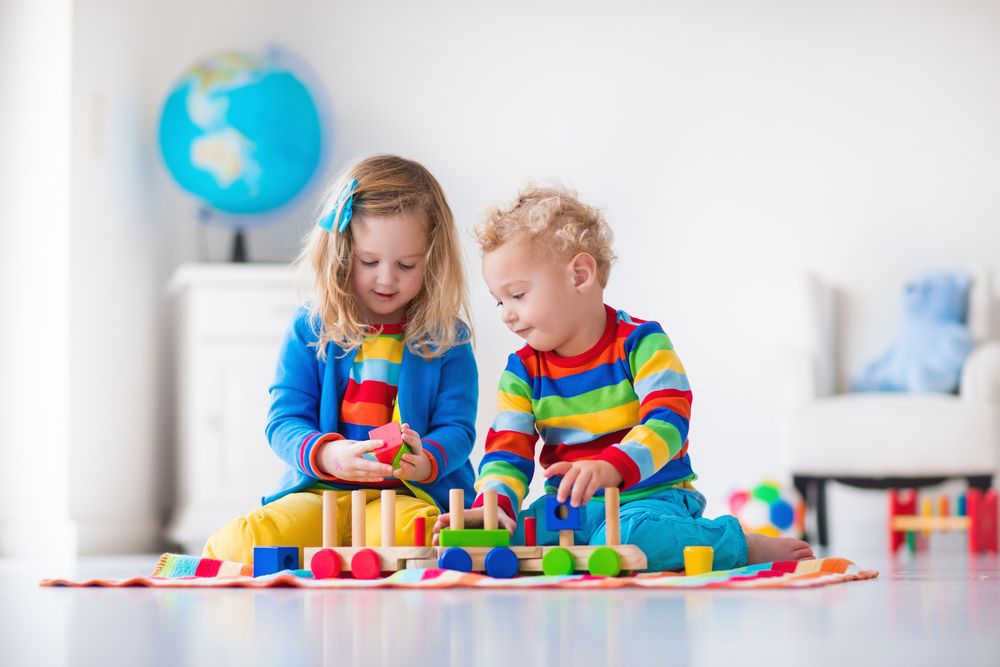 Rock back and forth and sing the song “Row, row, row your boat.”
Rock back and forth and sing the song “Row, row, row your boat.” - Bend at the waist and touch the ground. Walk your hands forward and inch along like a caterpillar.
- Sit on the ground and let your child step over your legs, or make a bridge with your body and let your child crawl under.
- Play follow the leader, “Ring around the rosy,” and other similar games.
- Listen to music and dance together.
The possibilities are endless — come up with your own active ideas or follow your child’s lead. Focusing on these activities can also help limit the amount of time your child spends watching TV or playing on a computer, tablet or smartphone.
How Long Should My 3-Year-Old Sleep?
A 3-year-old needs about 11-13 hours of sleep total. They may still take a short nap throughout the day, but a child can outgrow naptimes at this age. They do not need exact sleep times, but it is important to help children develop good, consistent habits for going to sleep.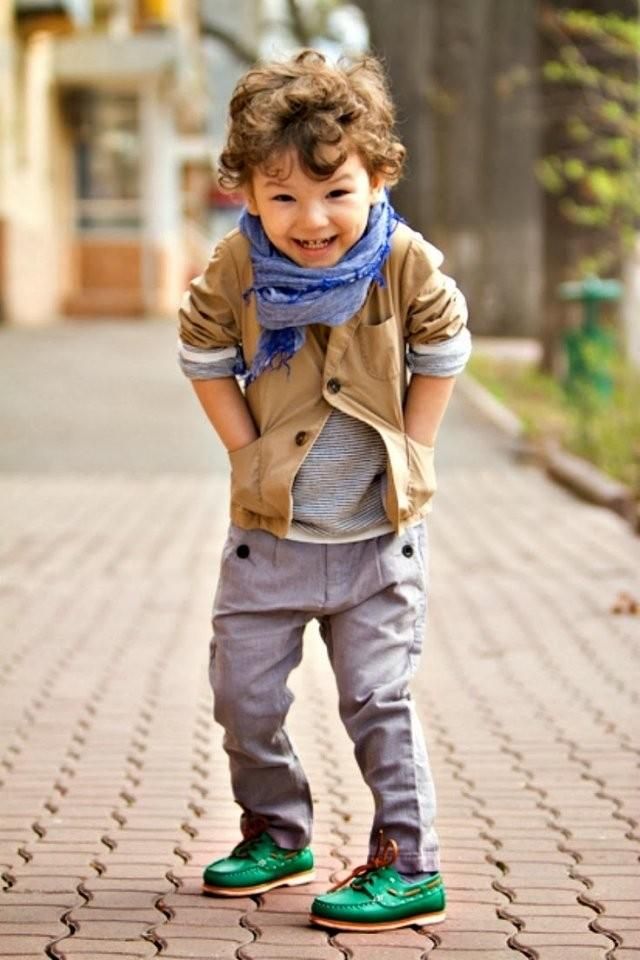 A bedtime routine is a great way to help your 3-year-old get enough sleep. Here are some tips when creating a routine:
A bedtime routine is a great way to help your 3-year-old get enough sleep. Here are some tips when creating a routine:
- Avoid caffeine or sugar before bed
- Limit food and drink before bedtime
- Include a winding-down period during the half hour before bedtime
Check out our Healthy Sleep for Children for more info.
How Can I Help Increase My 3-Year-Old Child’s Learning And Emotional Security?
Consider the following as ways to foster the emotional security of your 3-year-old:
- Spend time allowing your child to talk with you
- Teach your child how things work
- Encourage play with other children
- Encourage your child to tell you stories
- Listen to your child and show that you are pleased by your child’s talking
- Let your child do as much as possible for himself or herself when getting dressed, brushing teeth, and combing hair
- Have your child help with simple chores such as picking up toys
- Give your child old clothes for “dress up” and allow him or her to pretend being a mom, dad, doctor, cowboy and the like (old sheets or towels can become skirts, capes or turbans.
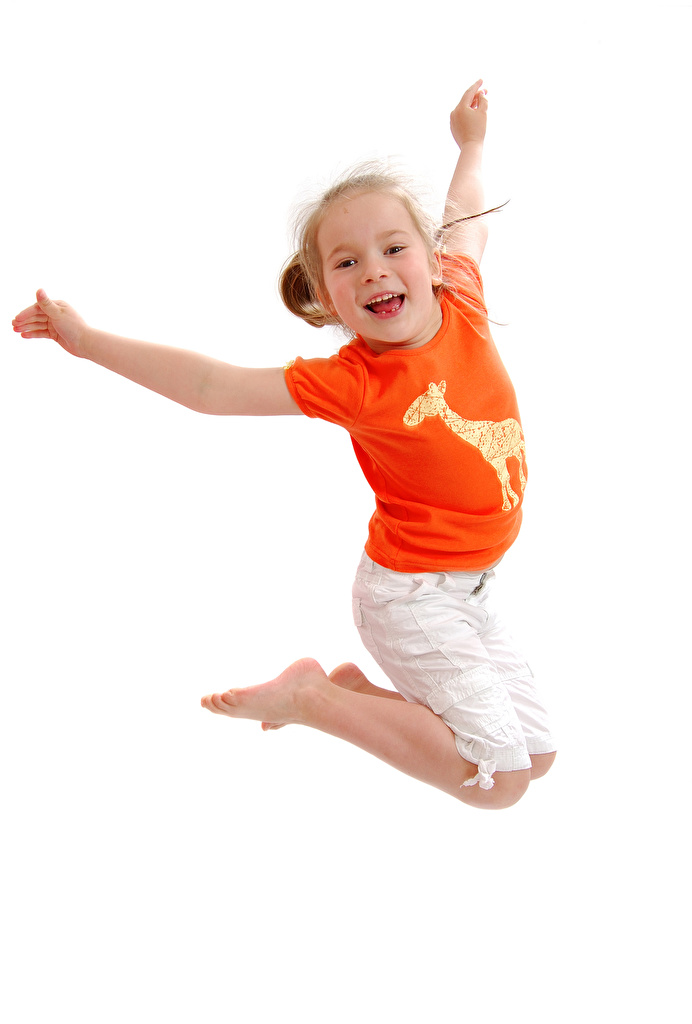 You can also pretend you are an elephant, butterfly, robot or other characters and play with your child)
You can also pretend you are an elephant, butterfly, robot or other characters and play with your child) - Sing songs or nursery rhymes and teach your child the words
- Read stories with your child and ask your child to name pictures in the stories or retell part of the story
- Help your child play with crayon and paper or chalk and chalkboard by showing how to draw circles and lines and then put them together to make a stick figure (make figure faces that are happy, sad or surprised, and talk about the different feeling shown in each picture)
- Let your child build things out of blocks or boxes
- Give your child a safe space to ride a tricycle
- Listen to children’s music with your child and dance
- Practice counting with your child
- Give your child the chance to play games with other children (church groups, YWCA or YMCA recreation centers, or libraries often have preschool programs)
- Put puzzles together with your child
- Let your child have pretend playtime with dolls, cars or toy cooking utensils
- Play hide and seek and follow the leader
- Let your child use his or her imagination by playing with play dough or clay
- Trace your child’s hand or whole body and make a picture
- Show your child you are proud of any artwork and hang it up for display
- Teach your child colors
- Play ball with your child (such as tossing a ball into a box or rolling the ball up and down an incline)
Reviewed by Dr. Toya Tillis, Pomona Pediatrics, CHOC Primary Care – June 2021
Toya Tillis, Pomona Pediatrics, CHOC Primary Care – June 2021
Toddlers (2-3 years old) | CDC
Developmental Milestones
Skills such as taking turns, playing make believe, and kicking a ball, are called developmental milestones. Developmental milestones are things most children can do by a certain age. Children reach milestones in how they play, learn, speak, behave, and move (like jumping, running, or balancing).
Because of children’s growing desire to be independent, this stage is often called the “terrible twos.” However, this can be an exciting time for parents and toddlers. Toddlers will experience huge thinking, learning, social, and emotional changes that will help them to explore their new world, and make sense of it. During this stage, toddlers should be able to follow two- or three-step directions, sort objects by shape and color, imitate the actions of adults and playmates, and express a wide range of emotions.
Positive Parenting Tips
Following are some of the things you, as a parent, can do to help your toddler during this time:
- Set up a special time to read books with your toddler.
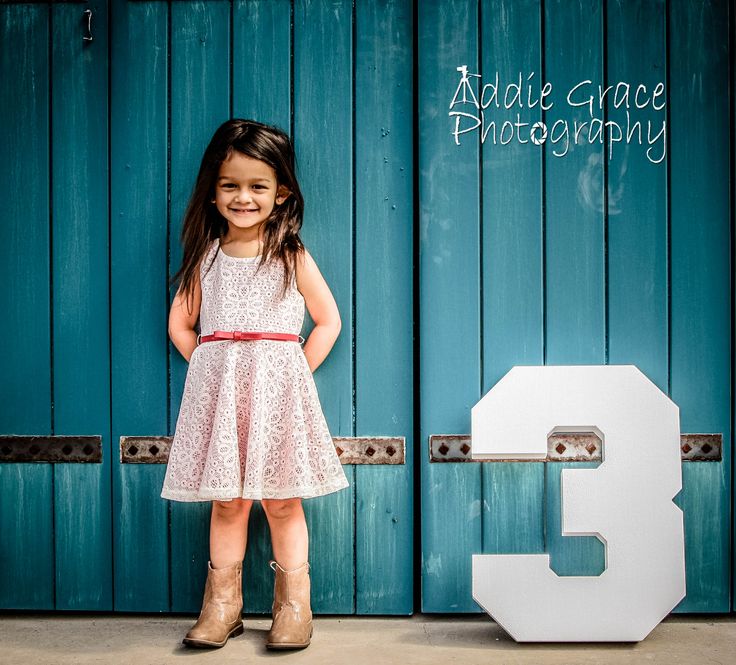
- Encourage your child to take part in pretend play.
- Play parade or follow the leader with your toddler.
- Help your child to explore things around her by taking her on a walk or wagon ride.
- Encourage your child to tell you his name and age.
- Teach your child simple songs like Itsy Bitsy Spider, or other cultural childhood rhymes.
- Give your child attention and praise when she follows instructions and shows positive behavior and limit attention for defiant behavior like tantrums. Teach your child acceptable ways to show that she’s upset.
Toddlers (2-3 years of age) pdf icon[PDF – 784K]
Child Safety First
Because your child is moving around more, he will come across more dangers as well. Dangerous situations can happen quickly, so keep a close eye on your child. Here are a few tips to help keep your growing toddler safe:
- Do NOT leave your toddler near or around water (for example, bathtubs, pools, ponds, lakes, whirlpools, or the ocean) without someone watching her.
 Fence off backyard pools. Drowning is the leading cause of injury and death among this age group.
Fence off backyard pools. Drowning is the leading cause of injury and death among this age group. - Encourage your toddler to sit when eating and to chew his food thoroughly to prevent choking.
- Check toys often for loose or broken parts.
- Encourage your toddler not to put pencils or crayons in her mouth when coloring or drawing.
- Do NOT hold hot drinks while your child is sitting on your lap. Sudden movements can cause a spill and might result in your child’s being burned.
- Make sure that your child sits in the back seat and is buckled up properly in a car seat with a harness.
Healthy Bodies
- Talk with staff at your child care provider to see if they serve healthier foods and drinks, and if they limit television and other screen time.
- Your toddler might change what food she likes from day to day. It’s normal behavior, and it’s best not to make an issue of it. Encourage her to try new foods by offering her small bites to taste.
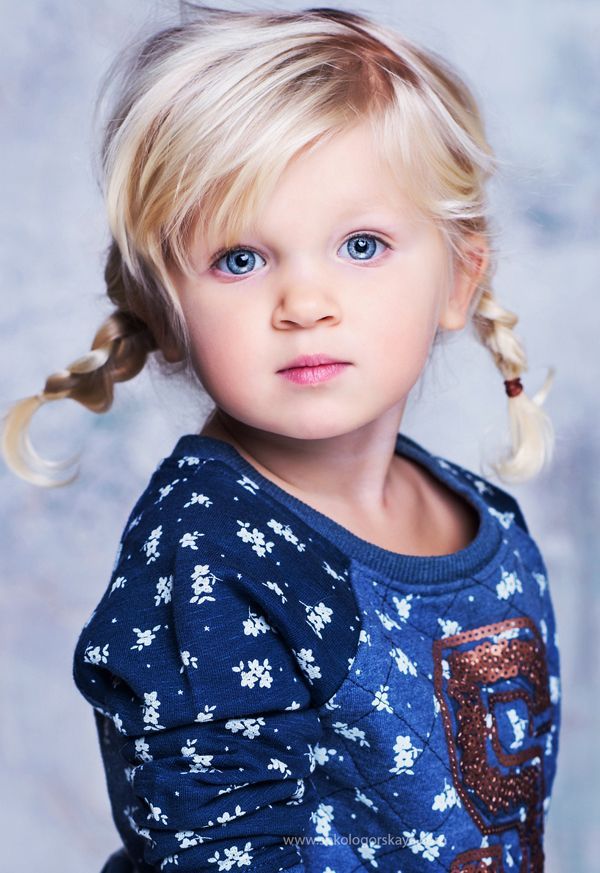
- Keep television sets out of your child’s bedroom. Set limits for screen time for your child to no more than 1 hour per day of quality programming, at home, school, or afterschool care and develop a media use plan for your family.external icon
- Encourage free play as much as possible. It helps your toddler stay active and strong and helps him develop motor skills.
- Make sure your child gets the recommended amount of sleep each night: For toddlers 1-2 years, 11–14 hours per 24 hours (including naps)
For More Information
- Infants and toddlers
- Preschool
- Middle childhood
- Adolescence
CDC’s “Learn the Signs. Act Early.” Campaign
For more details on developmental milestones, warning signs of possible developmental delays, and information on how to help your child’s development, visit the “Learn the Signs. Act Early.” campaign website.
CDC’s Parent Information (Children 0―3 years)
This site has information to help you learn how to give your child a healthy start in life.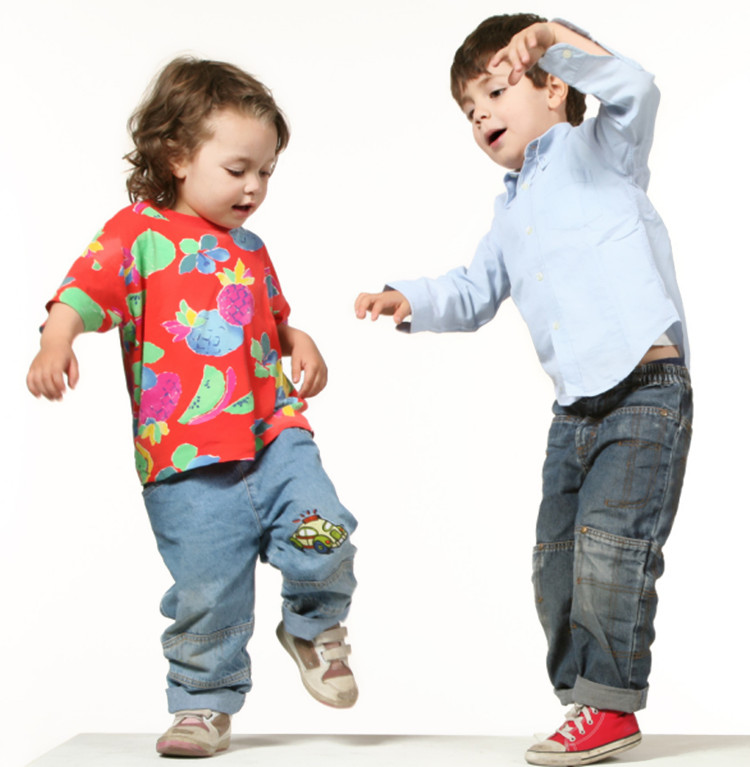
CDC’s Essentials for Parenting Toddlers and Preschoolers
Learn ways you can help build a safe, stable, and nurturing relationship with your child.
CDC’s Breastfeeding Information
This site has answers to frequently asked questions about breastfeeding.
CDC’s Information on Infant and Toddler Nutrition
Tips for Parents – Ideas to help children maintain a healthy weight.
CDC’s Protect the Ones You Love
CDC’s Injury Center has information on how you can protect your child from drowning and other common causes of injury.
CDC’s Information on Vaccinations
View the immunization schedule for infants and children and find out if your child’s vaccinations are up to date.
My Plate – Infantsexternal icon
The U.S. Department of Agriculture provides information on health and nutrition for 2 through 5 years of age.
My Plate – Toddlersexternal icon
The U.S. Department of Agriculture provides information on health and nutrition for toddlers
HealthyChildren.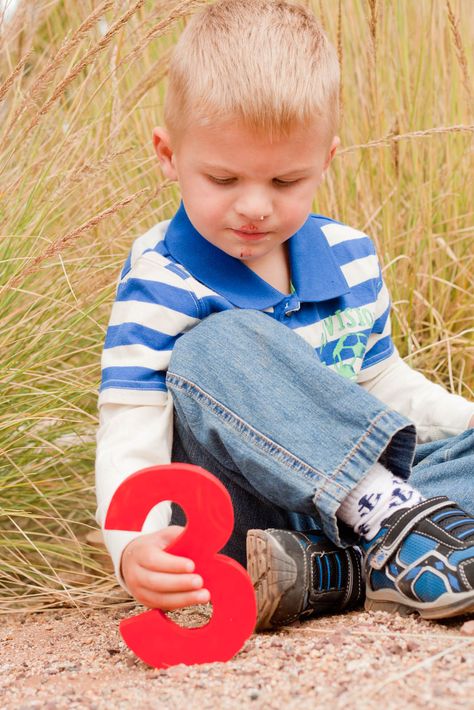 orgexternal icon
orgexternal icon
AAP’s Healthy Children website provides information on feeding, nutrition, and fitness for all developmental stages from infancy to young adulthood.
Just in Time Parentingexternal icon (JITP)
Quality, research-based information to families at the time it can be most useful.
Healthy Kids Healthy Futureexternal icon
You will find information on physical activity for young children and on ways to keep them moving.
National Highway Traffic Safety Administrationexternal icon (NHTSA)
NHTSA has information on safety recalls and safety tips for children riding in motor vehicles, walking, biking, playing outside, waiting at school bus stops, and more.
National Institute of Child Health and Human Development.external icon (NICHD)
Visit NICHD to learn how to reduce the risk of Sudden Infant Death Syndrome (SIDS) and about safe sleep environments.
World Health Organization information on infant nutritionexternal icon
This site has information to promote proper feeding for infants and young children.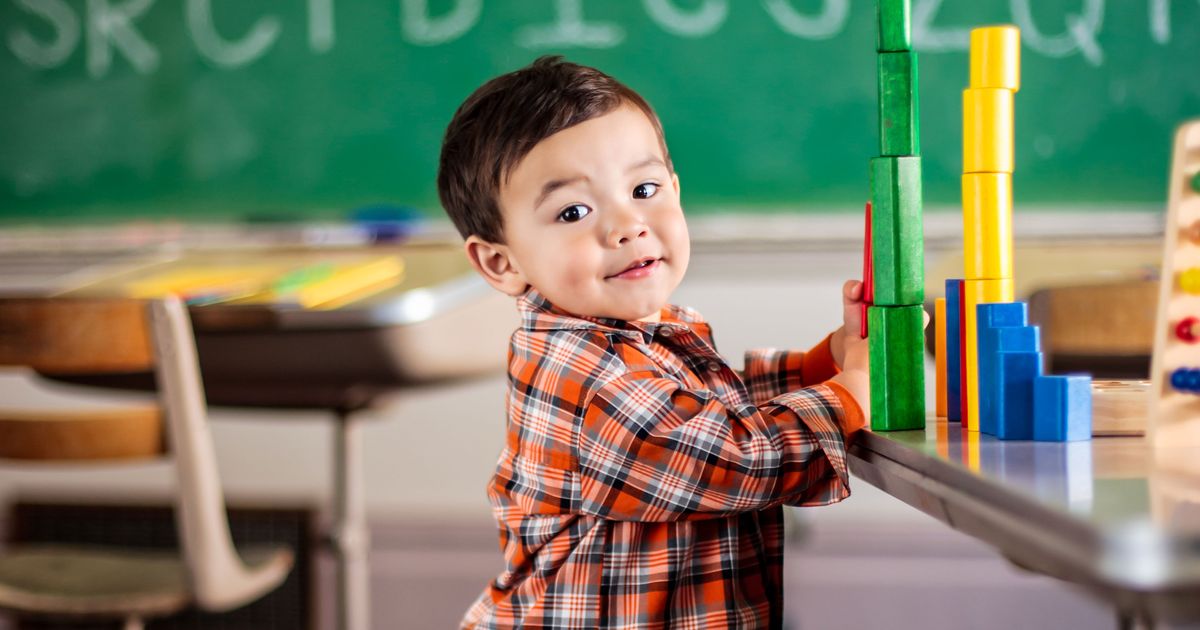
CDC’s “Learn the Signs. Act Early.” Campaign
For more details on developmental milestones, warning signs of possible developmental delays, and information on how to help your child’s development, visit the “Learn the Signs. Act Early.” campaign website.
CDC’s Parent Information (Children 4−11 years)
This site has information to help you guide your child in leading a healthier life.
CDC’s Essentials for Parenting Toddlers and Preschoolers
Learn ways you can help build a safe, stable, and nurturing relationship with your child.
CDC’s Healthy Weight Information.
Tips for parents – Ideas to help children maintain a healthy weight.
CDC’s Youth Physical Activity Guidelines
This site has information on how to help children be active and play.
My Plate- Preschoolersexternal icon
The U.S. Department of Agriculture provides information on health and nutrition for preschoolers.
HealthyChildren.orgexternal icon
AAP’s Healthy Children website provides information on feeding, nutrition, and fitness for all developmental stages from infancy to young adulthood.
Just in Time Parentingexternal icon (JITP)
Quality, research-based information to families at the time it can be most useful.
Healthy Kids Healthy Futureexternal icon
You will find information on physical activity for young children and on ways to keep them moving.
National Highway Traffic Safety Administrationexternal icon (NHTSA)
NHTSA has information on safety recalls and safety tips for children riding in motor vehicles, walking, biking, playing outside, waiting at school bus stops, and more.
CDC’s Parent Information (Children 4 — 11 years)
This site has information to help you guide your child in leading a healthier life.
CDC’s Healthy Weight Information.
Tips for parents – Ideas to help children maintain a healthy weight.
CDC’s Youth Physical Activity Basics
This site has information on how to help children be active and play.
CDC’s Kids Quest
Kids Quest is a CDC website designed for students in fourth, fifth, and sixth grades, to get them to think about people with disabilities and some of the issues related to daily activities, health, and accessibility.
CDC’s BAM! Body and Mind
CDC’s BAM! Body and Mind is a website designed for kids 9 through 13 years of age to give them the information they need to make healthy lifestyle choices. The site focuses on topics that kids told us are important to them—such as stress and physical fitness—using kid-friendly lingo, games, quizzes, and other interactive features.
My Plate – Kidsexternal icon.
The U.S. Department of Agriculture provides information on health and nutrition for children over 5 years of age.
HealthyChildren.orgexternal icon
AAP’s Healthy Children website provides information on feeding, nutrition, and fitness for all developmental stages from infancy to young adulthood. Visit this website to learn more about emotional problemsexternal icon, learning disabilitiesexternal icon and other health and development concerns.
Just in Time Parentingexternal icon (JITP)
Quality, research-based information to families at the time it can be most useful.
Let’s Move-Kidsexternal icon
Five simple steps for parents towards creating a healthy environment at home.
National Highway Traffic Safety Administrationexternal icon (NHTSA)
NHTSA has information on safety recalls and safety tips for children riding in motor vehicles, walking, biking, playing outside, waiting at school bus stops, and more.
StopBullying.govexternal icon
StopBullying.gov provides information from various government agencies on how children, parents, educators and others in the community can prevent or stop bullying.
SAMHSA’s KnowBullying appexternal icon
A free app for parents to help prevent bullying, created by the Substance Abuse and Mental Health Agency (SAMHSA).
Teens Healthexternal icon
Visit this site for information on healthy eating and exerciseexternal icon for children and teenagers, safety tips for your child at homeexternal icon when you can’t be there, and other important health and safety topics.
CDC’s Adolescent and School Mental Health
Learn how connection is key to good adolescent mental health.
CDC’s Parent Information (Teens 12— 19)
This site has information to help you learn how to guide your teen to be safe and become a healthy and productive adult.
CDC’s Healthy Weight Information.
Tips for parents – Ideas to help children maintain a healthy weight.
CDC’s Youth Physical Activity Guidelines
This site has information on how to help children be active and play.
CDC’s Pregnancy Prevention for Teens.
Tips and information especially for teens and designed with input from teens.
CDC’s BAM! Body and Mind
CDC’s BAM! Body and Mind is a website designed for kids 9 through 13 years of age, to give them the information they need to make healthy lifestyle choices. The site focuses on topics that kids told us are important to them—such as stress and physical fitness—using kid-friendly lingo, games, quizzes, and other interactive features.
CDC’s Information on Lesbian, Gay, Bisexual, and Transgender Youth Health
Learn about the physical and mental health of lesbian, gay, bisexual, and transgender youth
American Academy of Child & Adolescent Psychiatryexternal icon
The American Academy of Child & Adolescent Psychiatry has many fact sheets for parents on child and adolescent health and development.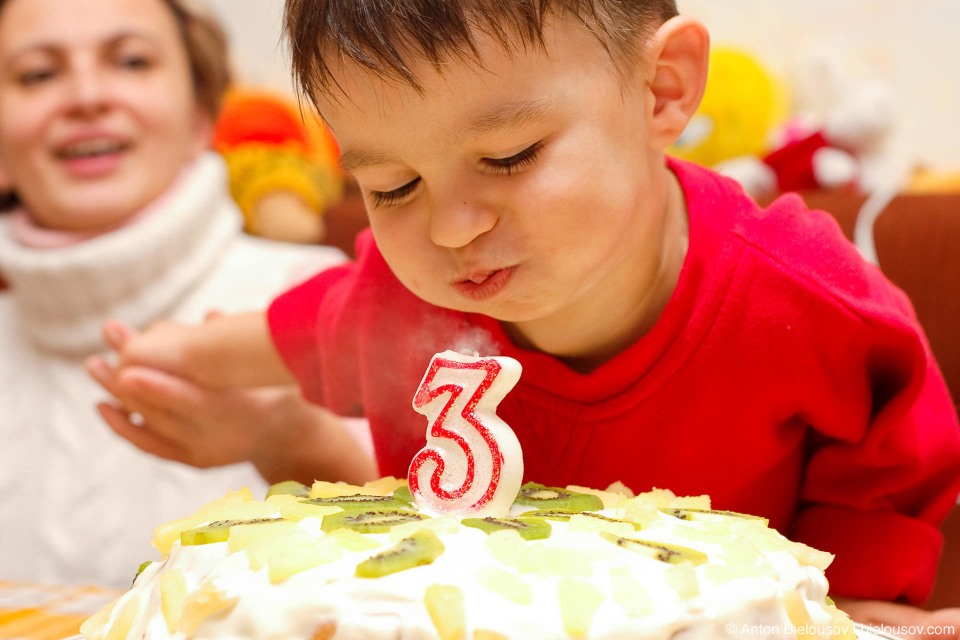
My Plate – Teenexternal icon
The U.S. Department of Agriculture provides information on health and nutrition for teens.
HealthyChildren.orgexternal icon
AAP’s Healthy Children website provides information on feeding, nutrition, and fitness for all developmental stages from infancy to young adulthood.
Just in Time Parentingexternal icon (JITP)
Quality, research-based information to families at the time it can be most useful.
National Highway Traffic Safety Administrationexternal icon (NHTSA)
NHTSA has information on safety recalls and safety tips for children riding in motor vehicles, walking, biking, playing outside, waiting at school bus stops, and more.
National Institute of Mental Healthexternal icon
The National Institute of Mental Health has information on mental disorders affecting children and adolescents, including anxiety and depression.
StopBullying.govexternal icon
StopBullying.gov provides information from various government agencies on how children, parents, educators, and others in the community can prevent or stop bullying.
SAMHSA’s KnowBullying appexternal icon
A free app for parents to help prevent bullying, created by the Substance Abuse and Mental Health Agency (SAMHSA).
Substance Abuse and Mental Health Services Administration (SAMHSA)external icon
SAMHSA works to improve the quality and availability of substance abuse prevention, alcohol and drug addiction treatment, and mental health services.
Teens Healthexternal icon
Visit this site for information on healthy eating and exercise for children and teenagers.
checklist for parents / Education / Immigration / 420on.cz Prague City Portal
It would seem that yesterday you brought an envelope from the maternity hospital, and today the baby is already three years old. Now the child has become a preschooler. What changes await him in the coming year in psychological and physical terms? Especially for parents, we have prepared a checklist that takes into account the developmental features of three-four-year-old children.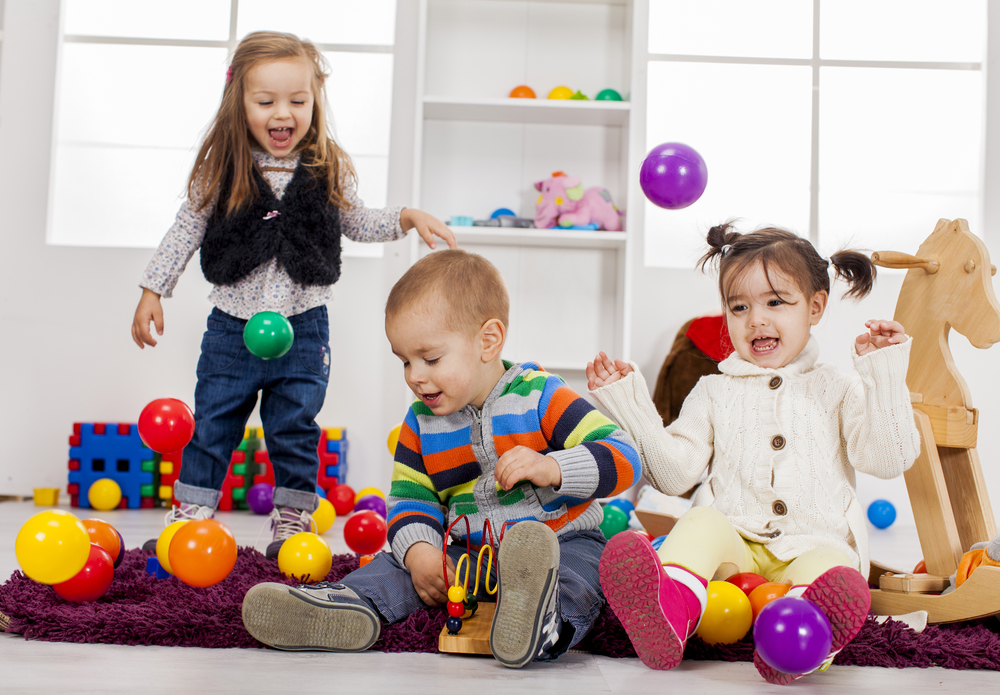
Physical development of children aged 3-4
Early preschool age is a new stage in the life of children. At this age, the baby is usually:
- already knows how to jump, run, climb objects;
- attempts to play group games;
- gaining weight slightly, only 1-2 kg per year;
- grows by 3-7 cm;
- has up to 20 milk teeth.
Mental development of children 3-4 years old
This period is characterized by the fact that the child begins to identify himself as a person and requires a proper attitude. In a small person appear:
- stubbornness;
- negativism;
- attempts to command;
- overestimated independence;
- jealousy.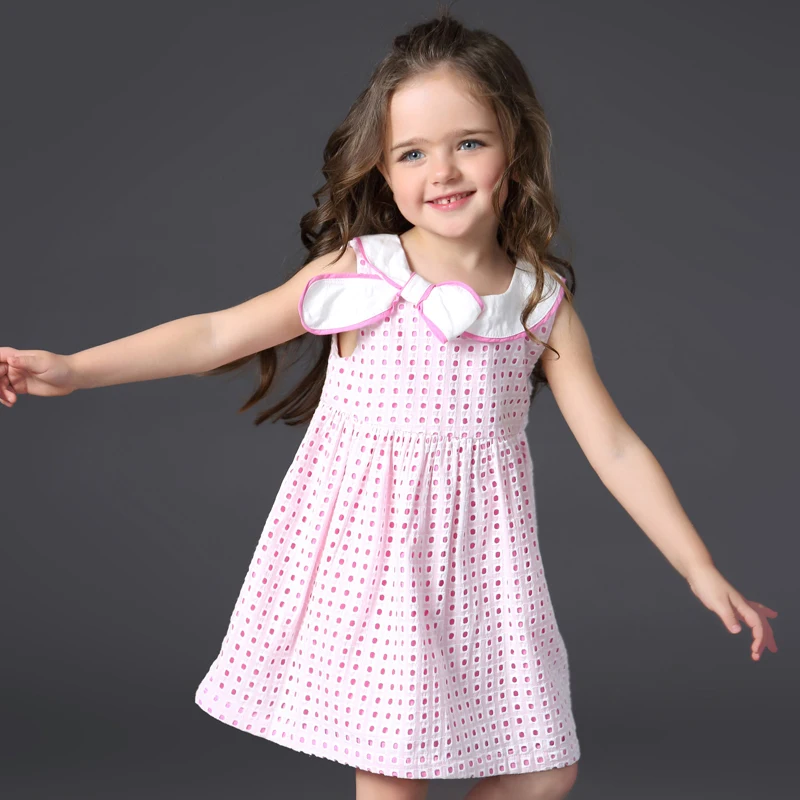
Parents should remember that it is at this age that the child has the first crisis, which they, as older and more experienced, must help to cope with.
Social and communicative development of children 3-4 years old
At this age it is important to teach the child:
- to say hello when meeting other children and adults;
– get to know peers;
- share and exchange;
- take part in joint games with other children;
- use fantasy in joint games;
- be able to tell about yourself: what is his name, what are the names of his parents;
- speak polite words and know the rules of behavior in society.
Intellectual development of a child at 3-4 years old
Starting from the age of three, a certain knowledge base is formed in the child, which he tries to apply.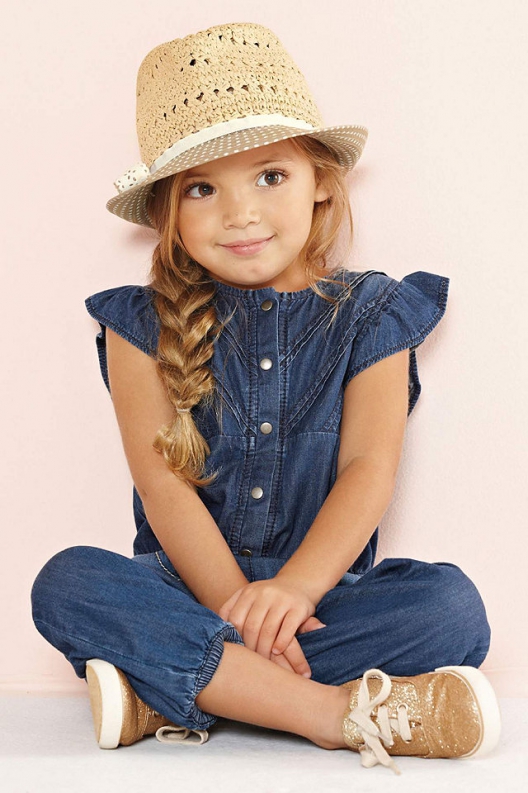 The kid actively gets acquainted with the world around him and by his age should already know:
The kid actively gets acquainted with the world around him and by his age should already know:
- names and characteristics of 10 pets;
- 5-7 species of birds, be able to show them in the picture;
- 4-5 varieties of fish;
- 4-5 varieties of insects;
- names of the main plants growing in the region: up to 5 species of trees and flowers;
- names of vegetables, berries, fruits and mushrooms that grow in the region and are sold on the shelves;
- what is the difference between the characteristics of materials such as wood, glass, stone, plastic;
– times of day and their characteristics;
- the seasons and how they differ;
- natural phenomena;
- parts of the body, and be able to show them;
- 3-5 popular professions;
- up to 10 types of vehicles;
– what is the difference between a city and a village.
Logical and mathematical development of children 3-4 years old
Between the ages of three and four, basic logical operations and mathematical concepts improve. If a child is given enough attention, then at this age he can confidently:
- count up to 10;
- name the primary colors;
- know geometric shapes;
- know the concepts more - less, many - few, high - low, etc.;
- compare objects according to 1-2 features;
– add pictures from fragments;
- find differences between similar pictures.
Parents should actively encourage children of this age to engage in independent activities by offering to complete certain tasks.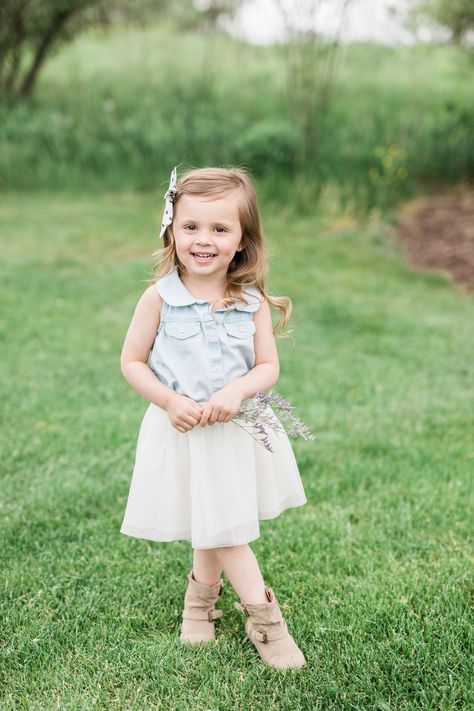
Speech development of children 3-4 years old
By the age of three, a baby should be able to:
– compose simple phrases;
talk about recent events;
- use speech as a way of obtaining new information;
- retell a fairy tale based on illustrations;
- talk about yourself;
- try to change words by case.
By the age of four, a child should have mastered the following skills:
- describe the seen image;
- quickly formulate one's thoughts;
- know the signs of objects;
- use verbs;
- repeat complex phrases after adults;
- give your first and last name;
- invent your own words, determine the meaning of incomprehensible words.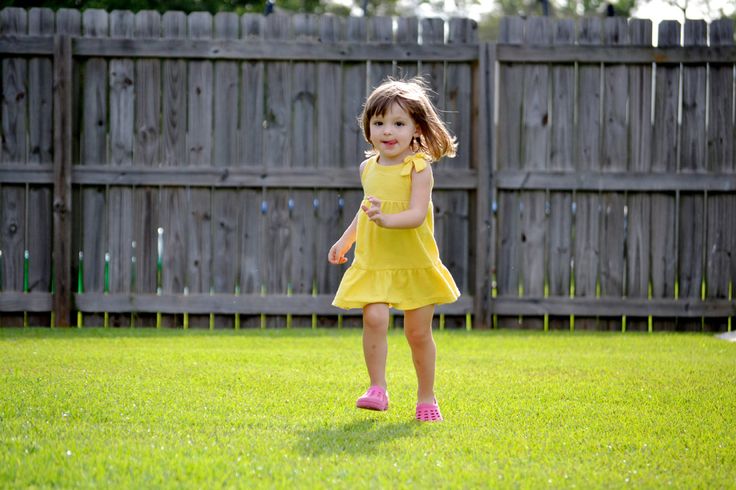
Artistic development of a 3-4 year old child
The ability to express one's feelings through creativity plays an important role in the formation of a child's psyche. At the age of 3-4 years, it is desirable for a child to master the following types of creativity:
- drawing with pencils, finger paints, brushes, crayons, sponges, felt-tip pens;
- applications of colored paper, natural materials, wadding;
- molding from plasticine and clay;
- construction;
- cutting along the contour with children's scissors with round ends;
- origami - folding figures without the use of scissors and glue;
- in addition to classes aimed at developing creative potential, the child should be offered to develop knowledge in painting, music, and literature.
Keep your finger on the pulse of your baby's development. But do not get carried away by the fears of not having time to develop the child according to the generally accepted scale. Children develop differently! And if, nevertheless, there is doubt that your child keeps up with their peers, the personal assistance of a preschool teacher will not hurt.
Materials provided by a professional teacher Tatyana Fedorovna Antonova. Tatyana Fedorovna, a teacher with 48 years of experience, lives in Prague and teaches children aged 3-12 in her school to read, write, math and Russian in person and online. She teaches her youngest students aged 3 to 6 the basics of reading and writing, counting, logic and the world around her, helping them take the first steps in the development of speech and develop fine motor skills.
You can find additional information on the website of the School of Tatyana Fedorovna, on Instagram and Facebook.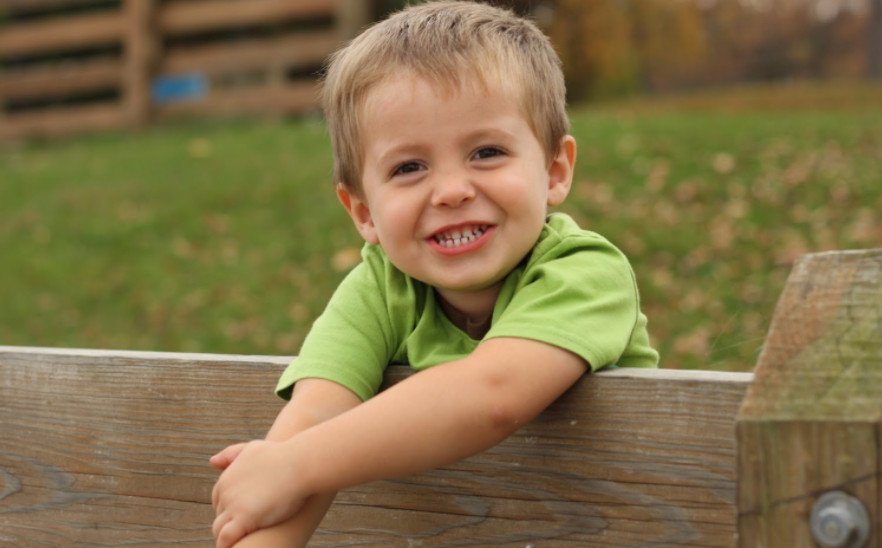
Child development calendar: crisis 3 years
home
Parents
How to raise a child?
Child development calendar: crisis 3 years
- Tags:
- Expert advice
- 1-3 years
- 3-7 years old
- crisis of three years
The difficult milestone of one year has passed, there are fewer sleepless nights, have you learned to understand a baby from a half gesture? Congratulations! From a young parent, you are gradually turning into a parent with parenting experience.
An important period in your baby's growing up is the well-known “crisis of 3 years”. It is at this age that a child's personality begins to emerge. Sometimes such changes are accompanied by screams, tantrums and even aggression. Parents in confusion begin to ask psychologists questions: what to do if the baby has become completely uncontrollable?
Lack of obedience at age three is the norm for most children. What matters is your correct reaction to the whims of the child, - says Irina Grigorieva, family psychologist and expert of the site I am a Parent.
What matters is your correct reaction to the whims of the child, - says Irina Grigorieva, family psychologist and expert of the site I am a Parent.
Baby development at 3 years old
A three-year-old baby is already a little person: he is quite autonomous, he plays independently in the room and with his peers in the kindergarten, helps you fasten the buttons on your blouse, tie the shoelaces and fasten the zipper on the jacket.
A three-year-old child already has the following skills:
- can express his thoughts clearly;
- has an extensive vocabulary;
- easily memorizes new words;
- can initiate and maintain a dialogue;
- knows what is "possible" and "impossible", "good" and "bad";
- is familiar with basic counting and can name clothing colors;
- the baby is aware of his gender;
- can make crafts, get dressed on their own, connect dots on paper with lines, which indicates fine motor skills.
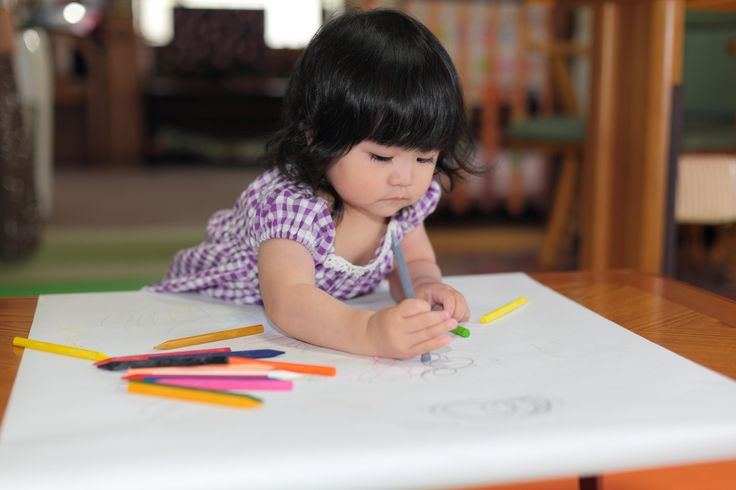
Why does a 3-year-old child make a "revolt"?
During the crisis of three years, the self-esteem of the little ones is exacerbated. Some psychologists call this period "I myself".
Therefore, any manifestation of parental control, previously considered the norm for a child, now ceases to be it. The kid starts to break all the rules. This is expressed in different ways: from the desire to dress yourself to the refusal to go to kindergarten or go to bed.
Quite often a crisis is accompanied by a stubborn desire to achieve one's own at any cost, including with the use of whims and tantrums.
What if your child is going through a three-year crisis?
Crisis 3 years: recommendations of a psychologist
The most important rule of the “crisis of three years” is to encourage the independence of the child. You can read more about this and other recommendations for parents of three-year-old children in the article “How to cope with a three-year-old crisis in a child”
But what if these rules do not help, and the baby is increasingly testing your nerves for strength?
How to stop a tantrum
To prevent tantrums, parents only need to do four things:
- Establish clear rules in the family
- Report them to the child
- Establish, if necessary, a system for recording deadlines
- Strictly follow the rules of
For example, if you have established that you can watch cartoons for no more than an hour a day, you should not make exceptions in the future.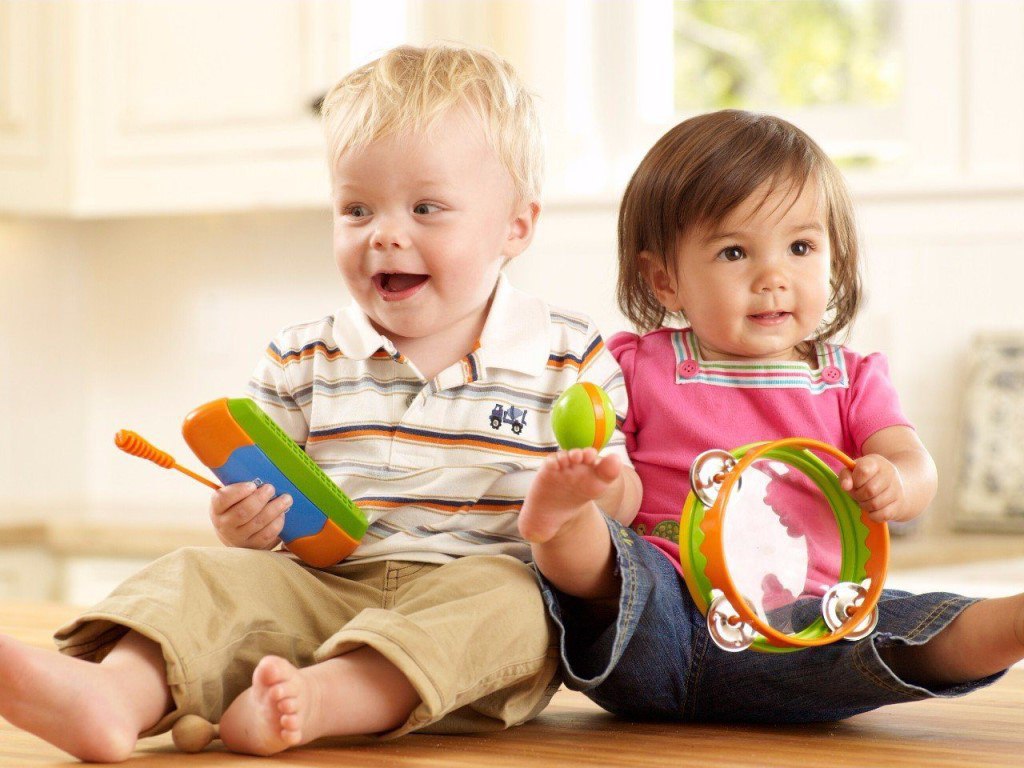 The same applies to going to bed and other controversial issues. You can explain to your child how a timer or clock works and use it. So he will better understand that the time allotted for entertainment or wakefulness is ending.
The same applies to going to bed and other controversial issues. You can explain to your child how a timer or clock works and use it. So he will better understand that the time allotted for entertainment or wakefulness is ending.
If the child still “claims his own” by screaming and crying, you can use three simple tricks:
- Take the child to a deserted place if he screamed in front of everyone. The rule works here - the more outsiders, the brighter the “theatrical performance” can be.
- To end a tantrum, do something unusual, such as whispering or laughing. From surprise, the baby will calm down for a while, and you can calmly convey your thoughts to him.
- Label the baby's emotions with the words: "Now you are angry", "You are crying because you are offended." Empathize with your child about everything they are experiencing: “I know how upset you can be about having to go to kindergarten / get up early / go to bed early.”
How to properly forbid a child of 3 years old
Prohibitions “no” and “no” at this age are perceived especially painfully: you restrict freedom by not giving the child a choice.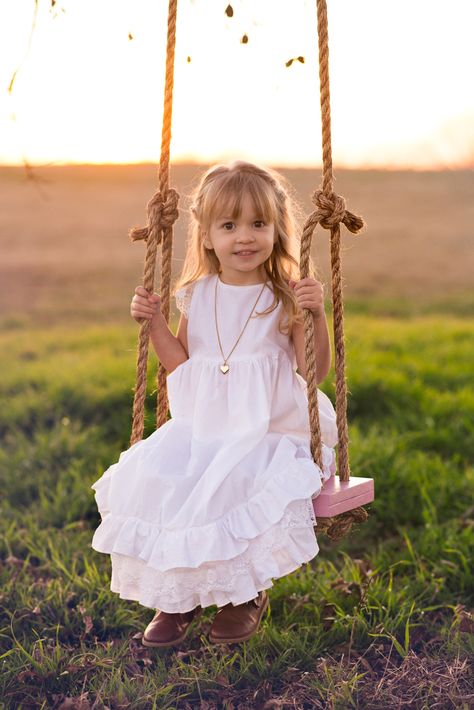 The kid concludes that mom and dad do not like him.
The kid concludes that mom and dad do not like him.
However, it often happens that prohibitions cannot be avoided. How to set boundaries correctly?
Point out that the problem is not the emotions themselves, but the child's behavior: “It's okay to get angry when I make you get up early. It would piss me off too."
Set limits on the baby's behavior: "You can be angry when Kolya takes your toy, but it's wrong to beat him for it."
Finally, use the reverse principle: tell your child about what behavior you expect to be safe for him.
How to deal with a child's jealousy?
Around the age of three, children develop an interest in the opposite sex: the child becomes aware of his gender for the first time. One of the manifestations of the “crisis of three years” may be jealousy towards the parent of the same sex as the child.
Jealousy is almost always a lack of attention of the parent whom the child is jealous of. In this case, the parent should give the baby more time to play with him.